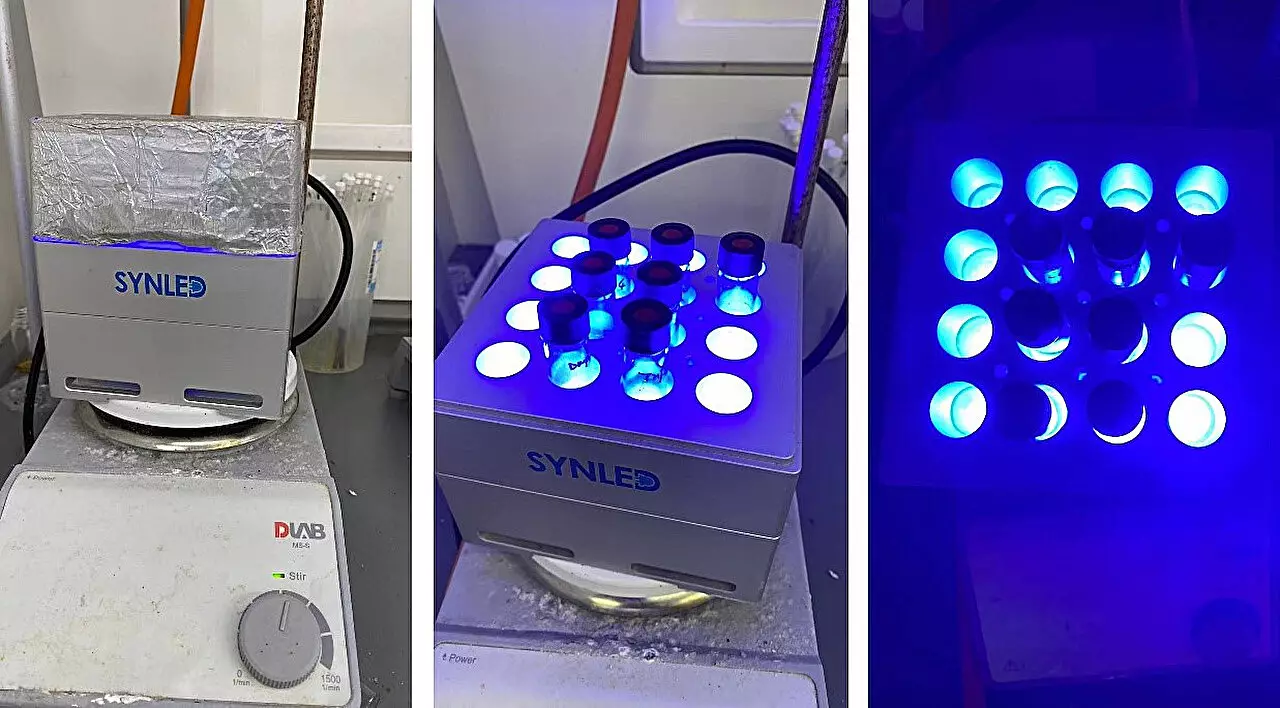The world of carbohydrates is complex and fascinating, underscored by their pivotal roles in biological processes. Carbohydrates, primarily composed of sugars, are essential for various functions—from providing energy to serving as structural components in cells. With their intricate structures, sugars find application in pharmaceuticals, cosmetics, and biotechnology, making advancements in their synthesis a matter of considerable importance. However, conventional methods of carbohydrate synthesis often involve cumbersome multi-step processes and the use of protecting-group strategies that lead to excessive waste and inefficiency. This has long restricted the exploration of glycosylation techniques, critical for generating the diverse glycosides and glycoproteins necessary in modern therapeutics.
Recent research led by the National University of Singapore (NUS) aims to tackle these longstanding challenges. Their new biomimetic approach signals a daring departure from traditional methodologies by converting native sugars into glycosides and glycoproteins in a single operation. This is a revolutionary step that not only aims to cut down on waste but also enhances efficacy in carbohydrate synthesis—offering a glimmer of hope for the pharmaceutical industry struggling with the complexities of glycosylation.
A Revolutionary Approach to Glycosylation
The innovation, described in detail in a recent publication in the journal *Nature*, is conceptually driven by natural processes. Enzymes known as glycosyltransferases, which efficiently mediate site-selective glycosylations, serve as a foundational model for this new technique. Associate Professor Koh Ming Joo and his team have ingeniously adopted a “cap and glycosylate” methodology that mimics these natural enzymes. By preferentially activating the anomeric hydroxyl group in a native sugar, they create a temporary thioglycoside intermediate. This is followed by a stereocontrolled cross-coupling reaction facilitated by light, which ultimately generates the desired glycoside or glycoprotein.
The “cap and glycosylate” technology not only streamlines the synthesis process but also aligns perfectly with the biocompatibility requirements sought after in pharmaceutical applications. This innovation is a game-changer, particularly for researchers who have grappled with the challenges of chemically glycosylating proteins through direct functionalization. This research opens up new pathways for post-translational modifications that can significantly enhance protein functionality, playing a crucial role in therapeutic applications.
Enabling New Therapeutics Through ‘Harvesting’ Native Sugars
A notable aspect of this research is the success in enabling the glycosylation of proteins of varying sizes and structures, a task considered challenging in traditional methodologies. The researchers’ ability to generate free glycosyl radicals provides a benign platform for efficiently plugging these compounds directly into new glycoconjugates. This newfound capability promises to accelerate the development of sugar-based therapeutics, a field ripe for exploration yet stymied by existing synthetic limitations.
Professor Benjamin G. Davis emphasizes that this research embodies their long-standing goal of modifying biological molecules to enhance their function. By harnessing carbon-centered radicals as reactive intermediates, they echo biological processes to create a more efficient synthesis protocol. This brings a fresh perspective to how researchers can manipulate sugars in a biological context, transforming both theoretical approaches and practical applications in the field.
The Broader Implications for Modern Science
The impact of this biomimetic technology is poised to resonate across multiple industries. From the pharmaceutical realm seeking to develop effective drug delivery systems to the cosmetic industry striving for natural ingredients, the potential applications are vast. The method’s efficiency could reduce costs and time significantly, allowing researchers to make rapid advances in the development of essential products.
Moreover, this approach addresses crucial environmental concerns linked to chemical synthesis. By minimizing waste and eliminating unnecessary protective measures, the technology stands as a testament to sustainable scientific practices—a much-needed shift in a field often criticized for its environmental footprint.
The collaboration between the NUS and the United Kingdom’s Rosalind Franklin Institute marks a significant advancement in embracing interdisciplinary research. The merging of expertise across borders not only enhances the research quality but also fosters an innovative spirit that fuels scientific exploration toward practical outcomes.
Ultimately, the “cap and glycosylate” technology symbolizes a forward-thinking paradigm that could effectively revolutionize carbohydrate and glycoconjugate synthesis. The implications suggested by this work offer a vision for a future where accessing critical biological components becomes simpler, more sustainable, and more aligned with the demands of modern science.

